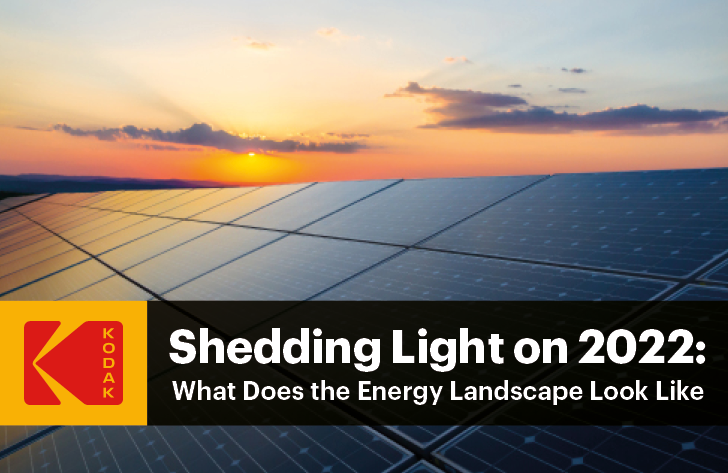The world of energy is changing.
Despite global setbacks during 2021 — primarily due to the pandemic and the microchip shortage — the renewable energy industry continued to grow over the past 12 months. Demand remains on an upwards trajectory, and the discourse around fossil fuels has become more and more hostile.
Fuelled by the recent COP26 climate change conference in Glasgow, there appears to be a worldwide consensus that the rapid investment in and uptake of renewable energy is imperative for the world’s economies and the safety of the planet’s future.
So, how has South Africa fitted into this narrative? And with load shedding showing no signs of abating, what does the future look like for solar in South Africa?
A positive year for solar
Coal continues to be South Africa’s dominant generation fuel — but only just. The existing infrastructure means that coal is widely accessible, while there is a lack of organisation around the widespread distribution of renewable energy. Yet, electricity prices have been on a persistent incline, meaning alternative energy sources, particularly solar PV, have become increasingly competitive. Thanks to the chronic burden of load shedding, demand is also on the rise.
In fact, South Africa has the largest industrial-scale solar market in Africa, driven by recent initiatives such as the REIPPP.
Additionally, in 2021, Schedule 2 of the Electricity Regulation Act was amended, raising the licensing threshold for embedded generation projects from 1MW to 100MW. This amendment provided more space for the construction of larger projects. It also unlocked the unsubsidised market for large-scale utility projects outside the Renewable Energy Independent Power Producer Programme (REIPPP) auctions. Nationally, authorities are pushing for reduced reliance on the grid and increased uptake of renewable energy and battery storage solutions.
The pandemic incited a 5% decline in demand for power in 2020, compounded by tapering industrial activity. Consequently, coal energy production fell, and renewables saw a boost, fostered by the fact that installers could work despite restrictions. Despite a global rise in component and material costs, South Africa’s distributed PV sector maintained a stable demand.
Substitute with solar
Thanks to upcoming REIPPP auctions and the recent lifting of licensing exemptions, the foundations are being laid for an even stronger solar PV market in South Africa.
A 15.63% electricity tariff was approved for 2021/22, marking the highest price increase in the last 10 years. As such, residential and commercial customers alike are seeking alternative forms of power. And now, solar PV is the most affordable means of keeping a home or business powered, both in day-to-day energy use and long-term. What’s more, COVID-19 and the mass shift to remote working have driven residential customers to consider solar PV.
Banks are also beginning to offer mortgage-linked debt solutions to homeowners in South Africa struggling with the exponential electricity price increases. Local crowdfunding platforms like The Sun Exchange also give homeowners the chance to rent their solar PV systems to businesses.
In 2022, projected growth in utility-scale projects will be driven by South Africa’s mining sector as more businesses seek to reduce their reliance on the grid and improve their ESG ratings. And solar is not just growing in South Africa: IHS Markit has predicted that global installed solar PV capacity will increase by 20% to over 200GW next year, with costs of PV systems resuming their downward trend from 2023.
Choose KODAK Solar Products
Solar will become an integral part of both residential and commercial daily life over the coming years.
KODAK Solar Products are unique to the Southern African market and have been designed with load shedding in mind. The KODAK Off-Grid Inverter range is second to none, comprising an extensive variety of storage solutions to suit all sites.
For off-grid applications, PV batteries are mandatory to store any power generated from the panels during the days of sunshine. KODAK Solar Batteries can be incorporated into grid-tied systems for reassurance that power will be available in the event of grid failure.
Or, the KODAK Solar Packages offer a comprehensive load shedding solution with an upfront price so that there are no unforeseen costs of extra equipment added later.
Are you ready to transition to renewable energy in 2022? Get started with solar power and find a skilled installer local to you today.




